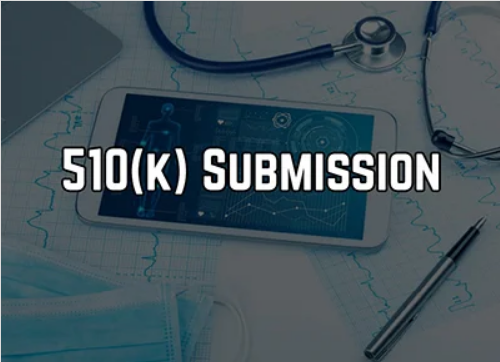How to get a 510(k) for a Machine Learning Product
🎤 Edwin Waldbusser | 📅 March 05, 2024 | 🕒 60 Minutes
  | Attendees are expected to have a basic knowledge of FDA regulations and machine learning concepts.
|
Description:
We will explain what a 510(k) is and explain the other FDA regulatory pathways. We will discuss how software can be considered a device by the FDA. The procedure to obtain a 510(k) will be explained. The contents of the submission to the FDA will be explained.
The very confusing concepts of “predicate device’ and “substantial equivalence” will be explained. How to find an acceptable predicate device will be explained. FDA clears the final validated version of software and requires a new 510(k) submission if “substantial changes” are made post release. We will explain how to evaluate changes to software and hardware.
The requirement for a new 510(k) submission for a substantial change leads into the regulatory difficulty Machine Learning products find themselves. A ML product is designed to learn and update post approval and release. The updated ML algorithm is no longer the approved validated product. Thus the changes probably necessitate a new 510(k) submission for each update.
FDA recognizes this problem and has proposed methodology to satisfy the regulations. We will discuss this proposed FDA solution which will become a Guidance this year. In the meantime , FDA has approved “locked” ML products. We will discuss what that is and, based on a review of the submissions of cleared ML products, what the FDA wants to see in a ML 510(k) submission so that you can get your ML product cleared now.
This webinar is not a programming course but is an explanation of the regulatory process.
Learning Objectives:
- Understand what a 510(k) is and the submission process to the FDA.
- Understand the regulatory issue preventing ML products from learning post 510(k) clearance. Understand the FDA’s proposed solution.
- Understand the contents of a ML 510(k) submission based on the examination of many cleared ML 510(k)’s
Areas Covered in the Session:
- 510(k) regulation
- Machine Learning overview
- Machine learning conflict with the regulations
- FDA proposed solution
- Content of a ML 510(k) submission
